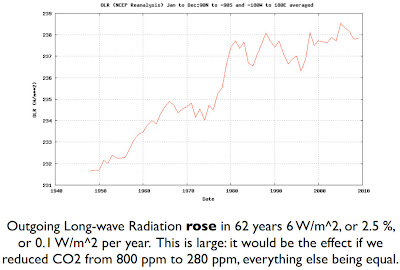SSDD
Gold Member
- Nov 6, 2012
- 16,672
- 1,966
- 280
- Thread starter
- #21
I suspect he thinks the transparency lies in your thought processes. Wispy. Ephemeral. Lacking in substance or content.
And yet, he provided an example that compares the sky to a plate of glass....I guess you can't differentiate the problem with claiming the sky is like a sheet of glass when it isn't, any more than you can differentiate the difference between being asked to hold your breath indefinitely and public calls for imprisonment and execution of skeptics.


